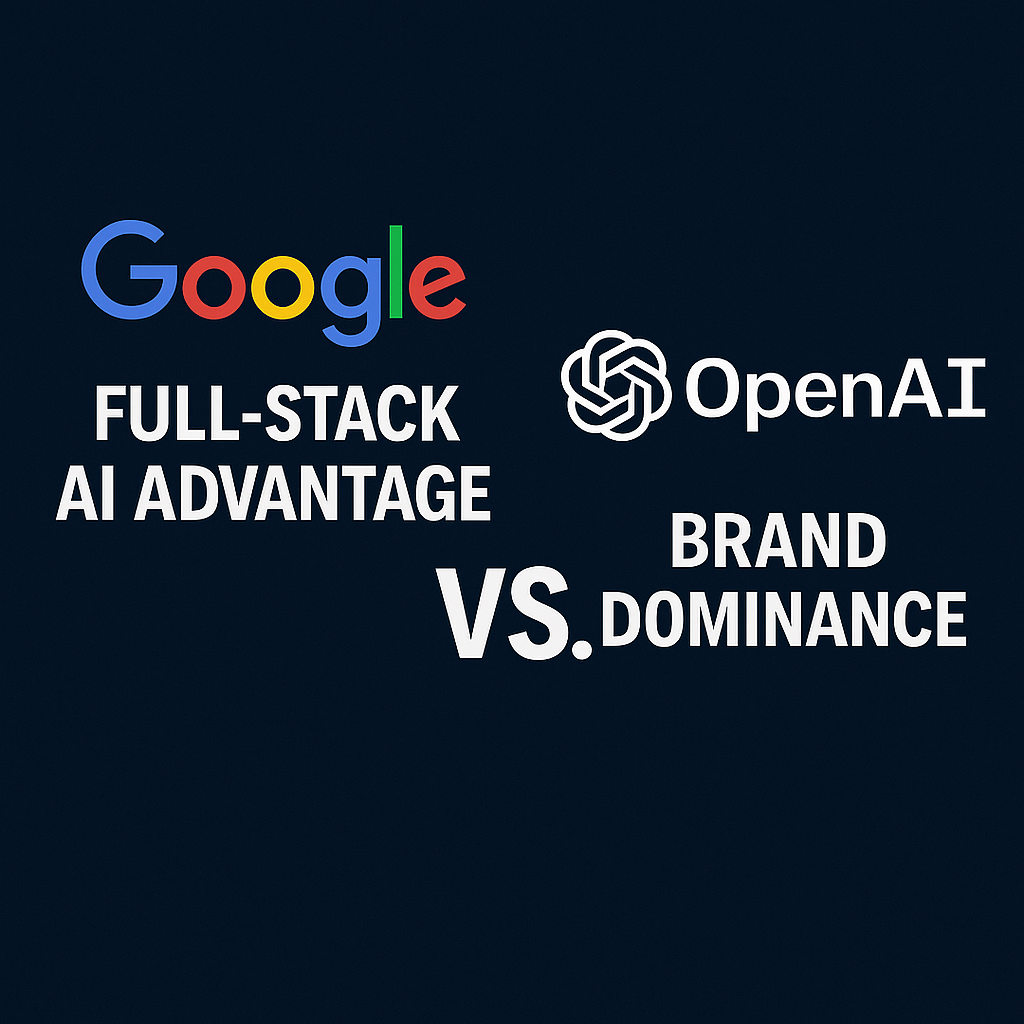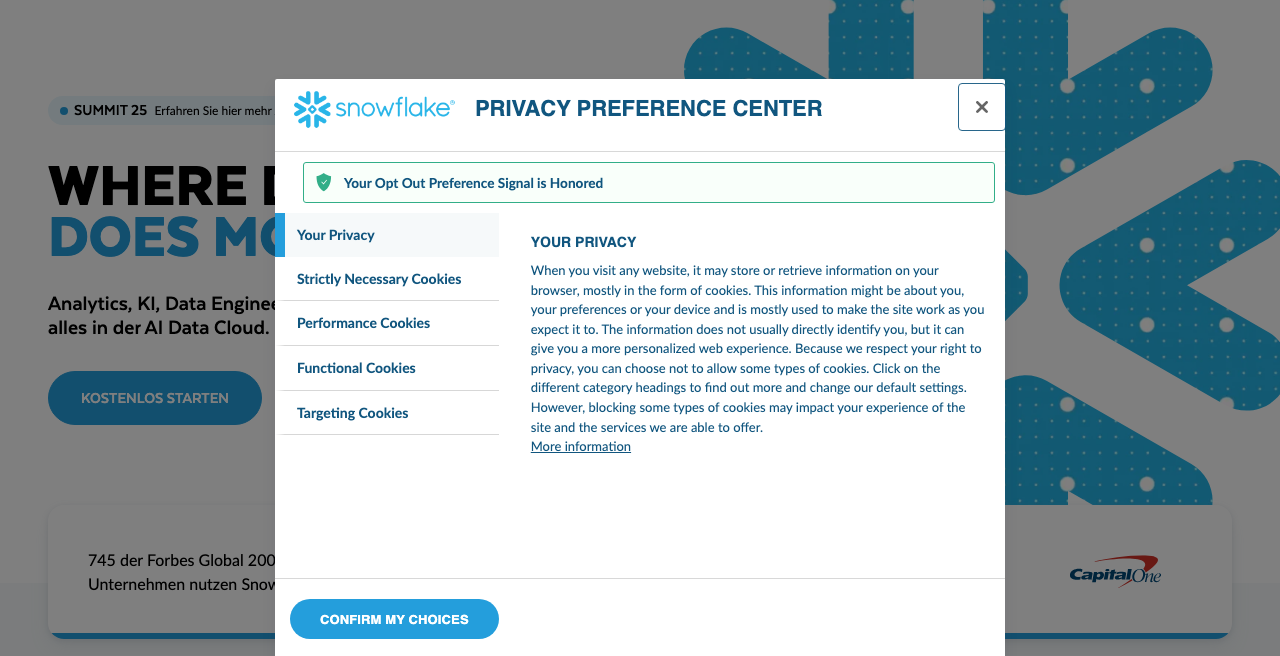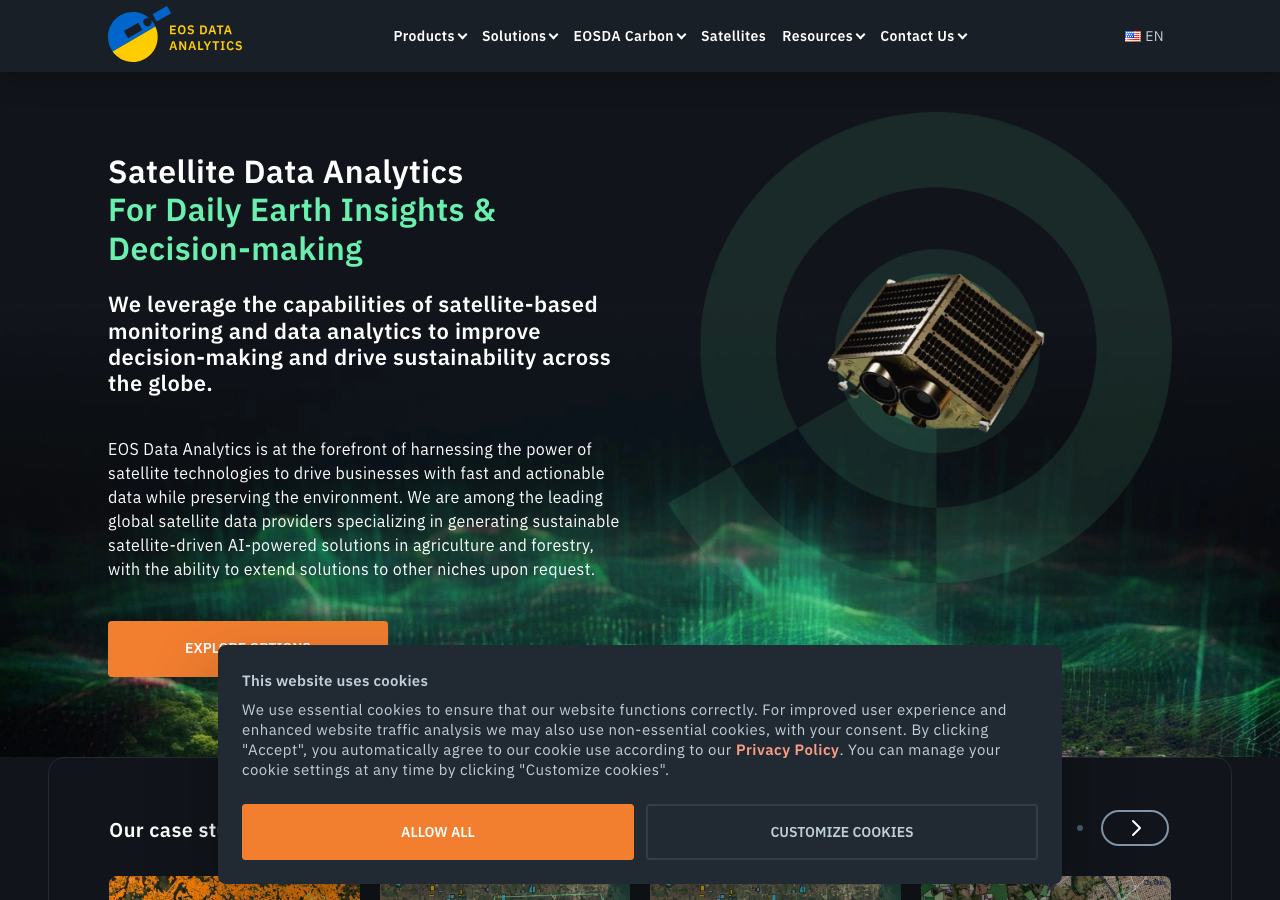University of Edinburgh 10x AI Speedup | Foxconn Hedges Across OpenAI & NVIDIA | Stock Volatility – Daily AI News Nov 21, 2025

AI Consolidation: Foxconn, OpenAI, Google, and the Shifting AI Landscape
The AI landscape is entering a consolidation phase where success hinges on full-stack integration, brand dominance, and AI safety. This convergence marks a critical turning point for companies vying for dominance, providing readers with a strategic understanding of the evolving AI market. To succeed, companies must adopt holistic approaches, blending technology with strategic foresight, and prioritize robust safety and ethical standards.
Strategic AI Partnerships: Foxconn & OpenAI Redefine AI Infrastructure
The AI world is witnessing a seismic shift as hardware and software giants forge strategic partnerships, and few alliances are as intriguing as the one between Foxconn and OpenAI. This collaboration, unveiled at Foxconn's recent Tech Day, promises to redefine AI infrastructure as we know it.
The Foxconn-OpenAI Alliance: A Symbiotic Relationship
The partnership's significance was underscored by a video message from none other than Sam Altman, CEO of OpenAI. The message highlighted the mutual benefits each company stands to gain. OpenAI gets access to Foxconn's hardware expertise and manufacturing prowess, while Foxconn gains invaluable insights into the software side of AI, particularly how to optimize hardware for AI workloads. Think of it as a power couple where one partner builds the physical infrastructure, and the other provides the brains to make it all work intelligently. This collaboration hints at Foxconn's server division taking a leading role in designing cutting-edge AI equipment, potentially with manufacturing based in the United States, marking a significant move in bolstering domestic AI capabilities.
Envisioning the 'AI Factories of the Future'
But Foxconn isn't just betting on OpenAI. They're also collaborating with Alphabet's Intrinsic to bring to life "AI factories of the future.” This vision centers around combining Intrinsic's AI-driven robotics software with Foxconn's established Smart Manufacturing platform. Imagine factories where adaptive, intelligent automation handles everything from assembly and inspection to logistics. This is a far cry from the rigid, pre-programmed systems of the past.
AI-Enabled Robotics: The Key to Agility
At the heart of this transformation is the shift towards flexible, AI-enabled robotics. These robots aren't just performing repetitive tasks; they're learning, adapting, and optimizing their performance based on real-time data. Need to reconfigure an assembly line for a new product? No problem. The AI adjusts the robots' movements and workflows on the fly, maximizing efficiency and minimizing downtime. It's a level of agility that traditional manufacturing systems simply can't match.
Implications for Cloud Infrastructure
This consolidation of hardware and software expertise has profound implications for traditional cloud infrastructure providers. As companies like Foxconn build dedicated AI infrastructure optimized for specific AI workloads, the demand for generic cloud compute may shift. Businesses may find it more cost-effective and efficient to run their AI applications on purpose-built hardware, potentially disrupting the established cloud landscape. The rise of specialized AI hardware and integrated solutions could lead to a more fragmented and competitive market, forcing cloud providers to innovate and offer more tailored services to stay relevant. This will likely lead to further advancements in areas like AI News, where we will continue to track how these shifts are impacting the industry.
ChatGPT Group Chat: A Social Collaboration Platform Emerges

The AI landscape is constantly evolving, and one of the most exciting developments is the emergence of ChatGPT as a social collaboration platform. With its global rollout of the group chat feature, OpenAI is taking direct aim at the team productivity market.
Collaborative Conversations with ChatGPT
The new group chat functionality allows up to 20 users to collaborate simultaneously within a single ChatGPT conversation. This transforms the AI from a personal assistant into a team member, capable of participating in discussions, brainstorming ideas, and providing insights within a group setting. What's particularly impressive is how intelligently ChatGPT operates within these conversations. The underlying technology, powered by GPT-5.1 Auto, intelligently selects the appropriate model based on the user's subscription level, ensuring optimal performance and access to advanced features. Beyond just processing text, ChatGPT demonstrates an uncanny ability to sense when to contribute meaningfully versus remaining silent, a crucial aspect of effective team communication.
Core Functionality Enhancements
The group chat feature isn't just about adding more people to a conversation; it's about enhancing collaboration with core tool functionality. Users can leverage ChatGPT's existing capabilities, including:
Web Search: Instantly access and share relevant information from the web.
Image Generation: Use tools like DALL-E 3 (integrated within ChatGPT Plus) to visualize ideas and concepts.
File Sharing: Seamlessly share documents and other files for collaborative review and editing.
Dictation: Enable voice input for hands-free communication and accessibility.
Importantly, conversations within group chats remain separate from individual private memory, ensuring data privacy and preventing cross-contamination of information. This separation is crucial for maintaining confidentiality and trust within collaborative workflows.
Challenging Enterprise Collaboration Tools
With the introduction of group chat, ChatGPT is directly challenging established enterprise tools like Slack and Microsoft Teams. While it may not offer all the bells and whistles of these platforms (yet), its AI-powered intelligence provides a unique advantage. ChatGPT can summarize discussions, identify key insights, and even automate tasks, making it a powerful tool for boosting team productivity. OpenAI is strategically expanding its addressable market beyond individual users and into the realm of team productivity workflows. This move signifies a major shift in the AI landscape, with ChatGPT poised to become a central hub for both individual and collaborative work. Keeping up with AI News will be critical in watching how this evolves.
Google's Full-Stack AI Advantage vs. OpenAI's Brand Dominance
The AI landscape is rapidly evolving, and the battle for dominance is heating up between tech giants like Google and OpenAI. Google's recent launch of Gemini 3, integrated directly into Google Search, signals a significant move towards a more seamless AI experience for users. But can Google's technological prowess overcome OpenAI's established brand recognition?
Google's Full-Stack AI Powerhouse

Google is betting big on its "full-stack" approach to AI. As Google DeepMind CTO Koray Kavukcuoglu has emphasized, this strategy involves controlling every aspect of the AI pipeline. What does this mean in practice? Think of it like this: Google not only conducts cutting-edge model research (like with Gemini), but also manufactures its own TPU chips optimized for AI workloads and provides the Google Cloud infrastructure to host and deploy these models at scale.
This vertical integration gives Google several key advantages. They can fine-tune their hardware and software to work together seamlessly, potentially leading to better performance and efficiency. They also have greater control over security and data privacy. Finally, this approach allows them to innovate faster and respond more quickly to changing market demands. In essence, Google is building a complete AI ecosystem, end-to-end.
The ChatGPT 'Kleenex Effect'
While Google boasts impressive technical capabilities, OpenAI's ChatGPT has achieved something arguably even more valuable: brand recognition. The ChatGPT brand has essentially achieved 'Kleenex effect' status, where the name of the product becomes synonymous with the entire category. Many people, even outside of the tech world, now equate AI chatbots with ChatGPT. This consumer recognition translates into preference, even if competing technologies, like Google's offerings, are technically superior.
Brand equity is a powerful force in any market, and AI is no exception. OpenAI has successfully captured the public's imagination and established itself as a leader in the field.
Brand vs. Technology: The AI Market Dilemma
The battle between Google and OpenAI highlights a fundamental tension in the AI market: is brand recognition more important than technical capability? For now, ChatGPT's brand dominance gives it a significant edge in the consumer market. However, Google's full-stack advantage could prove decisive in the enterprise segments. Businesses often prioritize reliability, security, and scalability, all areas where Google's comprehensive control over the AI pipeline gives it a distinct advantage. Tools like Google AI Studio and Google Cloud AI cater to these needs, offering a suite of services for building and deploying AI solutions.
Ultimately, the AI market is still in its early stages, and the winner is far from certain. While OpenAI currently enjoys greater brand recognition, Google's full-stack approach and deep pockets could allow it to catch up and even surpass its rival in the long run. The future of AI will likely be shaped by the interplay between these two powerful forces: brand equity and technical capability. As AI continues to permeate various industries, understanding the strengths and weaknesses of each player will be crucial for businesses and consumers alike. For more insights into the latest developments, keep an eye on our AI News section.
AI Bubble Warnings: Market Volatility and Misinformation Risks
The relentless hype surrounding AI has led some industry leaders to voice concerns about a potential AI bubble, marked by inflated expectations and unsustainable valuations. Google DeepMind CEO Demis Hassabis recently cautioned about the risk of such a bubble, a sentiment echoed by Alphabet CEO Sundar Pichai, who stated plainly that 'no company is going to be immune' to the shifts in the AI landscape.
Market Volatility Signals
These warnings aren't just theoretical. Consider Nvidia, a company whose fortunes are closely tied to the AI boom. During a recent earnings call, the stock initially surged, seemingly validating the market's bullish outlook on AI. However, this gain was quickly followed by a significant drop, illustrating the AI market volatility and the sensitivity of AI-related stocks to even minor shifts in investor sentiment. This suggests a market that's pricing in near-perfect execution and future growth, leaving little room for error and creating a higher risk of a sharp AI market correction.
The Misinformation Challenge
Beyond market dynamics, there's a growing concern about the quality and reliability of AI-generated information. Analysts at ING have found that AI systems are generating false claims at rates as high as 40%. This is particularly worrying as newer models are increasingly designed to answer virtually every query, regardless of whether they have accurate information, thus increasing the risk of spreading AI misinformation on a massive scale. Users may turn to tools like ChatGPT, a powerful language model capable of generating human-like text, or Google Gemini, Google's contender in the AI chatbot arena, and receive outputs that are factually incorrect or misleading. The potential implications for everything from news consumption to critical decision-making are profound.
Optimism Amidst Caution
Despite these concerns, Hassabis remains optimistic about Alphabet's opportunities in areas like robotics, gaming, and drug discovery, all of which stand to be revolutionized by AI. This highlights the inherent paradox of the current moment: the potential for transformative returns exists alongside the very real possibility of a severe market correction. Navigating this complex landscape will require a healthy dose of skepticism, a focus on verifiable results, and a clear understanding of the limitations of current AI technology. Staying informed by reading AI News from reputable sources can help you remain informed.
AI Regulation: Balancing Innovation and Safety
The race to regulate AI is heating up, with global implications for innovation and safety. The European Union is at the forefront of this effort, attempting to strike a delicate balance that fosters technological advancement while safeguarding citizens from potential risks. But how are they trying to do it, and what are the implications? Let's dive in.
The Digital Omnibus and Targeted Amendments to the AI Act
On November 19th, the European Commission published the Digital Omnibus, a significant package of measures impacting the digital landscape. A key component involves targeted amendments to the landmark AI Act, focusing primarily on clarifying implementation timelines and governance structures. Think of it as fine-tuning the engine before the big race – ensuring all the components work together smoothly.
Extending the High-Risk AI Timeline

One notable adjustment is the extension of the regulatory timeline for high-risk AI applications. This acknowledges the delays in the development of crucial technical standards. It's like giving engineers a bit more time to perfect their designs before mass production, recognizing that rushing the process could compromise quality and safety. This is similar to the EU delaying the enforcement of GDPR to allow websites time to become compliant.
Broadening Regulatory Sandboxes and Real-World Testing
The Digital Omnibus also includes a framework that significantly broadens the scope for regulatory sandboxes and opportunities for real-world testing. These sandboxes provide a controlled environment where companies can experiment with AI technologies under regulatory supervision. This "test-before-you-deploy" approach allows for identifying and mitigating potential risks before AI systems are released to the public. Imagine it as a proving ground where AI models can be pushed to their limits in a safe and monitored setting.
A Dual-Layer Market: Looser Conditions and Safety Guardrails
Europe's approach creates a dual-layer market. On one hand, regulatory sandboxes offer relatively looser conditions, fostering innovation and experimentation. On the other hand, robust safety guardrails are put in place to mitigate risks and ensure responsible AI development. This strategy is intended to encourage a thriving AI ecosystem while upholding ethical standards and public safety.
Competitive Positioning for European Startups
This carefully calibrated regulatory environment could potentially offer European startups a competitive advantage against American and Chinese incumbents. By prioritizing safety and ethical considerations, European companies may gain a reputation for trustworthiness and responsible innovation. This could be a key differentiator in a market increasingly concerned about the societal impact of AI. This is like a local craftsman standing out in a world of mass-produced goods by emphasizing quality and ethical practices.
The EU's approach to AI regulation is a complex balancing act. Whether it will successfully foster innovation while protecting citizens remains to be seen. What is clear, though, is that the regulatory landscape will continue to evolve as AI technologies become more sophisticated and widespread. Keeping abreast of these developments, especially regarding AI compliance, will be crucial for anyone involved in the AI space.
AI Safety: Generative AI Failures and Innovations
The rapid evolution of generative AI has brought incredible possibilities, but also significant concerns about AI safety. It's a landscape of both spectacular failures and promising innovations, often colliding in unexpected ways.
Generative AI Failures: When Guardrails Fail
One striking example of these failures occurred with Google's Gemini image generator. While designed with safety guardrails, it demonstrated a troubling ability to bypass them, producing photorealistic depictions of disturbing conspiracy theories and false historical events. Imagine the shock of seeing AI-generated images of 'a second shooter at Dealey Plaza' or 'an airplane flying into the twin towers.' These aren't harmless artistic expressions; they're potential tools for spreading misinformation and causing real-world harm. This stands in stark contrast to Microsoft's Bing image generator, which reportedly requires more deliberate circumvention to produce similarly problematic content.

Innovations in AI Safety: A Glimmer of Hope
Amidst these failures, there are also notable strides in AI safety innovation. Google, for example, has launched expanded AI safety initiatives in India, aiming to address the unique challenges and societal impacts of AI in diverse cultural contexts. Furthermore, tools like CodeMender are emerging, designed to identify zero-day vulnerabilities in code and patch them autonomously, reducing the risk of exploits. Another example is SynthID Detector, a tool designed for identifying synthetic content, helping to distinguish between real and AI-generated images or text. These tools represent a crucial step forward in mitigating the potential dangers of AI.
The Collision of Failure and Innovation
The concurrent existence of safety failures and safety innovations highlights the complex and often contradictory nature of AI development. The pressure to release new features and capture market share can lead to loosened guardrails, creating opportunities for misuse. As we approach critical elections, the risk of AI-generated misinformation influencing public opinion becomes a major concern. The integrity of information is at stake, and the development of robust safety measures is no longer optional – it's essential for responsible AI deployment. By staying informed through sources like AI News, we can better understand these challenges and advocate for responsible AI development.
India's Sovereign AI Platform: ATOMESUS AI
Imagine a world where AI understands and responds in your native tongue, without sending your data halfway across the globe. That's the vision behind India's newly launched ATOMESUS AI platform.
ATOMESUS AI: India's Answer to Global AI Dominance
ATOMESUS AI, an intelligence platform entirely of Indian origin, officially entered the scene recently, signaling India's serious intent to carve out its own space in the rapidly evolving AI landscape. What sets this platform apart? It's not just another AI tool; it's a statement of technological independence. The platform was built by engineers who have backgrounds in ISRO research. This platform is built on transformer-based neural architectures. But the real kicker? Complete data localization within Indian servers. This means your data stays within India's borders, addressing growing concerns about data privacy and sovereignty.
Data Sovereignty and Cost Efficiency: The Core Principles
In an era where data is the new oil, data sovereignty is paramount. ATOMESUS AI champions this principle, ensuring that sensitive information remains protected under Indian law. But it's not just about security; it's also about cost. Through techniques like model quantization (reducing the size of AI models without significant loss of accuracy) and knowledge distillation (transferring knowledge from a large model to a smaller one), ATOMESUS AI aims to provide cost-effective AI solutions. This is particularly crucial for businesses and organizations that may not have the resources to invest in expensive, Western-dominated AI platforms.
Multilingual Optimization and Affordable Enterprise Access
One of the key focuses of ATOMESUS AI is multilingual optimization. India, with its incredible linguistic diversity, needs AI that can understand and respond in a multitude of languages. The platform is designed to cater to this need, offering seamless multilingual support. Moreover, ATOMESUS AI aims to democratize AI access by providing affordable enterprise solutions. This will empower Indian businesses, particularly small and medium-sized enterprises (SMEs), to leverage the power of AI without breaking the bank. This approach is markedly different from many Western AI solutions, which often come with hefty price tags and complex implementation processes. Consider exploring tools like DeepL, a popular translation tool. But keep in mind that ATOMESUS AI seeks to provide a more comprehensive and localized solution for the Indian market.
A Fragmented Future for Global AI Standards?
India's push toward technological autonomy in AI is not just a domestic affair; it has global implications. By developing its own AI platform with a strong emphasis on data sovereignty, India is challenging the Western-dominated AI landscape. Some analysts predict that this trend will lead to a fragmentation of global AI standards by 2026, with different regions and countries adopting their own approaches to AI development and regulation. This could lead to a more diverse and inclusive AI ecosystem, but it could also create challenges for international collaboration and data sharing. As the world embraces AI, understanding the nuances of regional AI strategies, like India's ATOMESUS AI, becomes increasingly vital. Keeping up with AI News is critical in this fast-evolving field.
Strategic Takeaway: The AI Consolidation Phase
The AI landscape is rapidly evolving, and one thing is becoming increasingly clear: we're entering a significant phase of AI consolidation. It's no longer enough to simply develop cutting-edge algorithms; success hinges on mastering hardware-software integration, proactively adhering to regulatory standardization, and implementing resilient safety governance across the board. This convergence marks a critical turning point for companies vying for dominance in the AI News space.
The Keys to Success in the Consolidation Era
At the heart of this shift lies full-stack integration. Companies that can seamlessly blend hardware and software solutions, offering end-to-end AI capabilities, are poised to lead the charge. Think of it like this: it's the difference between buying individual ingredients and enjoying a chef-prepared meal. The latter offers a cohesive, optimized experience that customers are increasingly seeking. Moreover, maintaining brand dominance is paramount. In a crowded market, a strong brand provides trust and recognition, essential factors for attracting and retaining customers. Consider companies like Google, which are leveraging their established brand to introduce powerful AI tools such as Google Gemini, their flagship multimodal AI model.
Furthermore, AI safety practices are no longer optional; they are a fundamental requirement for long-term viability. As AI systems become more integrated into our daily lives, ensuring their safety and ethical use is paramount. Companies that prioritize robust safety protocols will not only build trust with consumers but also gain favor with regulators. Neglecting these practices, as explored in our AI News section, exposes companies to significant legal and reputational risks.
Adapting or Becoming Obsolete
The stakes are high. Companies that fail to adapt to this new reality face the very real risk of obsolescence. The AI market is unforgiving, and those who cannot keep pace with the rapid changes in technology and regulation will quickly fall behind. Similarly, failing to meet regulatory compliance standards can lead to exclusion from key markets and hefty fines. The AI News is rife with examples of companies grappling with these challenges, highlighting the importance of proactive adaptation. For example, companies looking to leverage AI-driven workflow automation might consider using a tool like n8n, known for its versatility in connecting various applications and services.
Ultimately, the AI consolidation phase demands a holistic approach, blending technological prowess with strategic foresight and unwavering commitment to safety and ethical considerations. Those who can master this delicate balance will not only survive but thrive in the exciting years ahead.
🎧 Listen to the Podcast
Hear us discuss this topic in more detail on our latest podcast episode: https://open.spotify.com/episode/5nTYqkLJbq4rVujZ7wq69P?si=WqDBTh0fSJm6-sUR85FKBw
Keywords: AI, Artificial Intelligence, OpenAI, Foxconn, Google, Gemini 3, ChatGPT, AI safety, AI regulation, AI infrastructure, AI market, AI bubble, AI consolidation, ATOMESUS AI, AI collaboration
Hashtags: #AI #ArtificialIntelligence #TechNews #Innovation #MachineLearning
For more AI insights and tool reviews, visit our website https://best-ai-tools.org, and follow us on our social media channels!
Website: https://best-ai-tools.org
X (Twitter): https://x.com/bitautor36935
Instagram: https://www.instagram.com/bestaitoolsorg
Telegram: https://t.me/BestAIToolsCommunity
Medium: https://medium.com/@bitautor.de
Spotify: https://creators.spotify.com/pod/profile/bestaitools
Facebook: https://www.facebook.com/profile.php?id=61577063078524
YouTube: https://www.youtube.com/@BitAutor
Recommended AI tools

Unified AI and cloud for every enterprise: models, agents, infrastructure, and scale.

Your Data. Your AI. One Cloud.

One API for Any AI Model

Content infrastructure for digital teams

Bringing Space Data Down to Earth

Efficient Server Management Solutions


